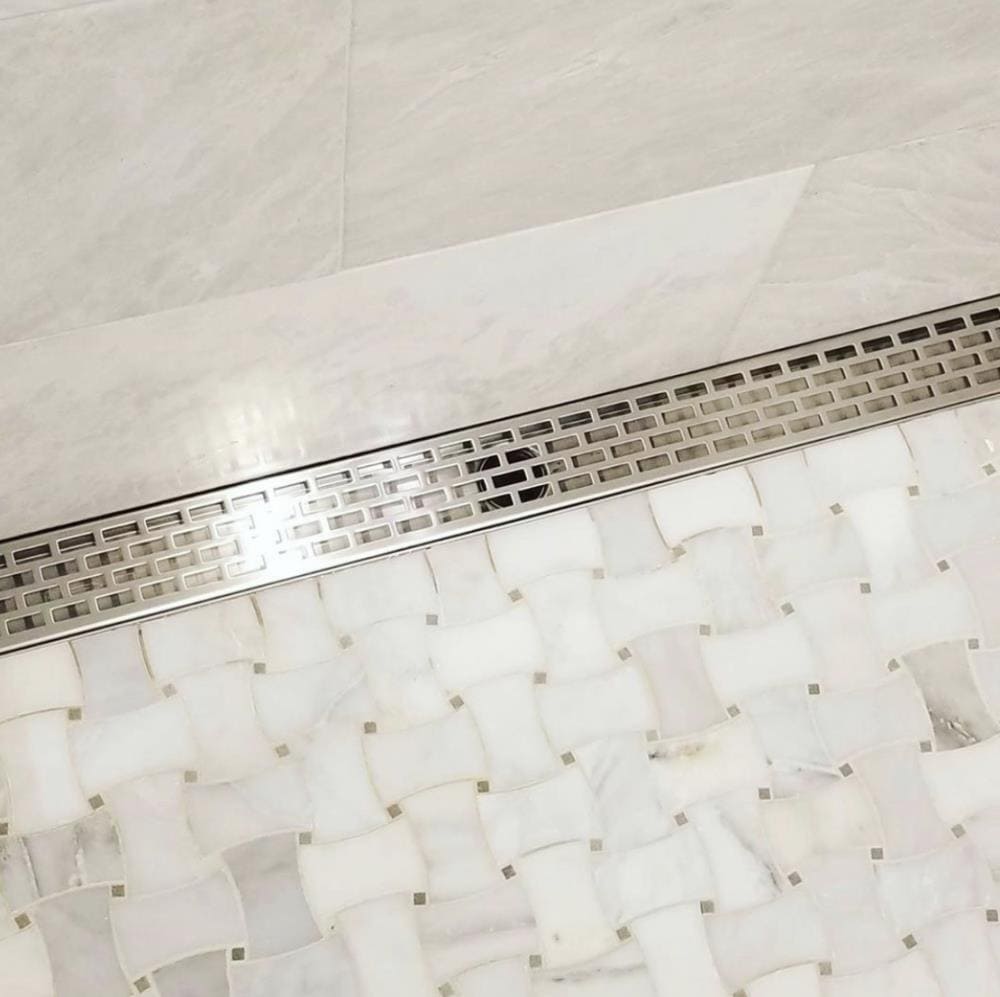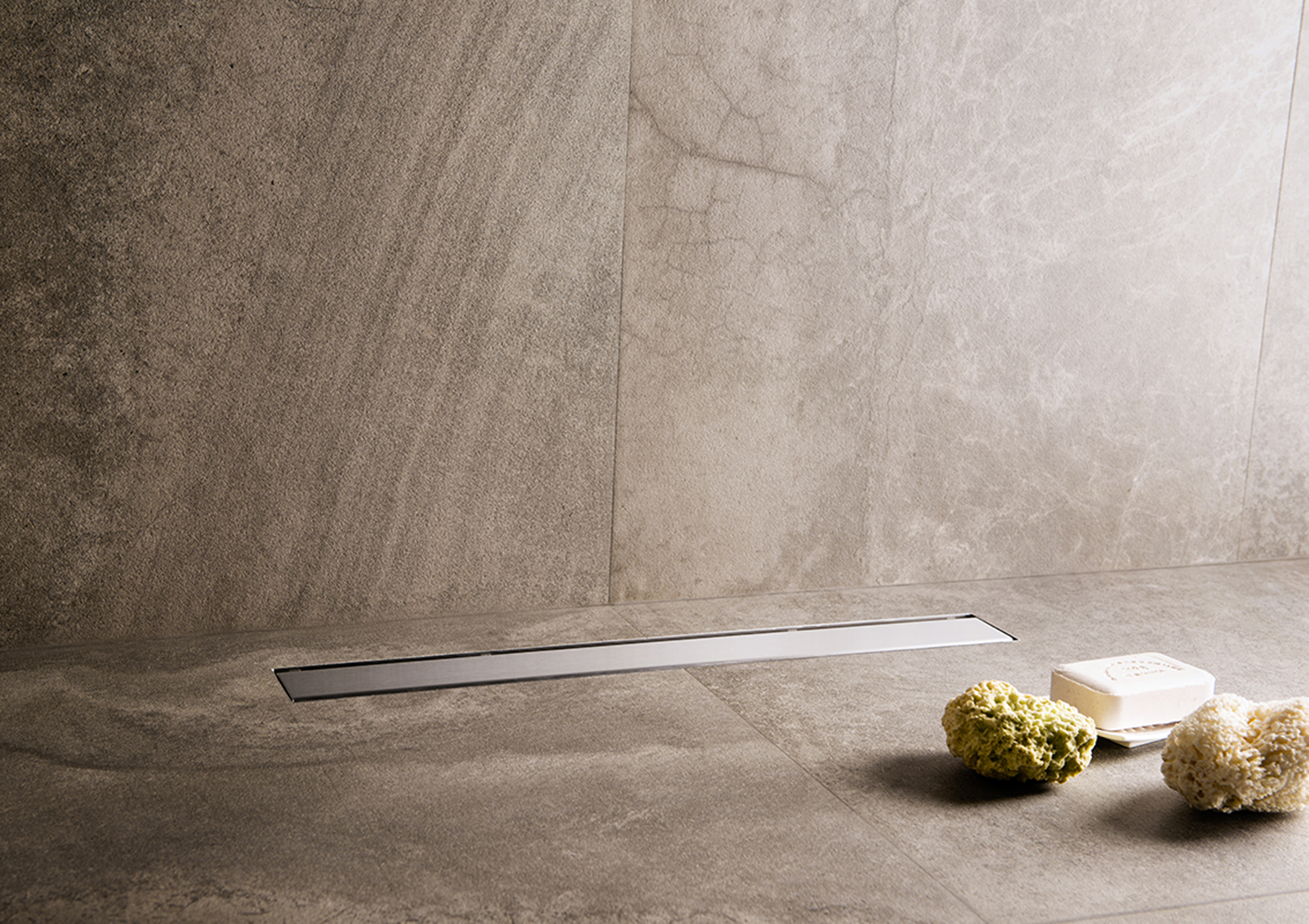This great article listed below in relation to How to Install or Replace a Shower Drain is especially stimulating. You should check it out.

Updating a washroom is just one of the a lot more prominent home renovation jobs. Managing the plumbing for draining your shower can be exceptionally easy unless you overdo.
Managing Your Own Shower Drainpipe Installment Project
Whether you are a bath tub or shower person, most individuals try to find shower only options when buying a home. This basic truth implies more than a couple of property owners invest a weekend upgrading or installing showers in their restrooms. Fortunately for you, it is a rather basic procedure.
A collector or pan refers to the straight surface situated at the bottom of the shower. The collector generally includes a non-slip surface somewhat banked in the direction of the center or wherever the drain lies. Incorporated with three to four inch walls around the side, the objective of your shower water drainage plumbing is to obtain the water to stream to as well as down the tubes.
You can literally build a collection agency for your brand-new shower, however you truly need to think about it. Do you really intend to get involved in the problems of getting the sloping appropriate, not to mention seeing to it every element of it is water-proof? As well as I mean every facet! It is a lot easier to just purchase a pre-cast collector online or at your regional Lowes, Home Depot or hardware store. Building one may sound like a great idea, but you will probably really feel differently after a number of hrs.
No matter just how you go about getting a pan, you should make every effort to make use of one that has the drainpipe located in the exact same place as the initial pan. Relocating the drain pipelines can be a job, especially if the contractor utilized a distinct framework structure. If you are established to move the drainpipe, you are mosting likely to need to reduce the pipeline or extend it, which might mean destroying huge chunks of the floor. Rephrase, you are mosting likely to be looking at a numerous weekend job.
Assuming we have our drain lined up, the actual connect is fairly simple. The drain pipe need to be encountering upright up to the collector. It will certainly commonly look like a "U", which indicates it functions as a cleanout to keep unpleasant scents from returning up from the drain. To attach the drain, you are going to create a water limited connection between a drain cap on the top of the pan and the drainage pipeline. Equipments differ, but you are usually mosting likely to do this by putting a coupling piece on the top of the drain pipeline. This is then covered with gaskets and essentially screwed right into the drain cap. The drainpipe cap must work as a locknut, to wit, it screws straight onto the coupling.
The challenging part of this procedure is obtaining your drain cap to fit into a watertight position in the pan. This is completed by backing off the drainpipe cap once you are sure everything meshes. At that point, you placed plumbing professionals putty around the underside of the cap and after that screw it back on. The putty ought to create a limited seal in between the cap and the shower pan, which keeps water from dripping under it as well as right into the framing under the shower.
Certainly, bathroom showers been available in a wide array of styles these days. If you acquire a collector, they almost always featured plumbing instructions or the store can keep in mind anything uncommon you should recognize. It sounds complicated, yet is usually pretty easy. Have fun!
Tips for Installing a Shower Drain Assembly
Renovating a bathroom can be exciting as well as fulfilling if you’re tackling the job DIY-style. After you cross off the bigger decisions such as tile style, paint colors, and fixtures, you’ll need to finalize smaller details – such as the shower drain. In this article, we’re sharing some tips for selecting and installing the right drain assembly for your updated shower.
What is a shower drain assembly?
Shower bases or pans typically only come with a pre-drilled drain hole. Since the pan slopes toward the drain, you should consider the placement – left, center, or right – when designing your shower. You’ll need to purchase and install a shower drain assembly that connects the shower pan to the drain pipe underneath the shower. There are a few types of assemblies, which will be covered below.
Size of a shower drain
When it comes to installing drains, size matters. The recommended pipe size for a shower drain is 2 inches, whereas most tubs use 1.5-inch pipes. Why the difference?
Shower pans are shallower than tubs, so there’s a higher risk for overflow. So, the larger pipe allows for quicker draining. If you are replacing an old tub with a newer stand-up shower, you will need to make additional plumbing adjustments to accommodate the 2-inch pipe.
Types of shower drain assemblies
There are three common types of shower drain assemblies: compression shower drain, solvent-glue shower drain, and tile shower drain. The layout, design, and materials of your shower can determine which type of shower drain assembly will work best.
Compression shower drain
This type of assembly attaches to the drain pipe with compression washers and nuts. The drain fitting is typically installed into the base, and then the base is installed into the bathroom floor. This makes compression-style drains easier to install than other options, particularly if you don’t have easy access from the floor under the shower base. Drains are available in a wide range of materials such as PVC (polyvinyl chloride), ABS (Acrylonitrile Butadiene Styrene), and brass, and can be used for acrylic, fiberglass, and steel shower bases.
Solvent-glued shower drain
Made of either polyvinyl or ABS, this type of shower drain is sealed to the drain pipe with solvent glue and silicone. Since you’ll be working underneath the drain pan, we only recommend using this type of drain if you have access under the shower, such as from a basement or crawlspace. It’s also important that you match the type of plastic of the drain with the drainpipe. If you take these precautions, you can install a solvent-glued drain assembly with acrylic, fiberglass, and steel shower bases.
Tile shower drain –
Drain assemblies for custom tile showers feature a waterproof membrane liner placed between two flanges. The tile is installed on top of the liner, collecting any water that seeps through the porous grout. A metal strainer is installed in line with the tile over the drain.
https://www.epshawaii.com/blog/tips-for-installing-a-shower-drain-assembly/

Hopefully you liked our part on How to Install a Shower Drain. Thanks for spending some time to read through our blog. For those who appreciated our blog entry plz do not forget to share it. I treasure reading our article about How to Install or Replace a Shower Drain.
Comments on “Handling Your Self Drainage System Installation”